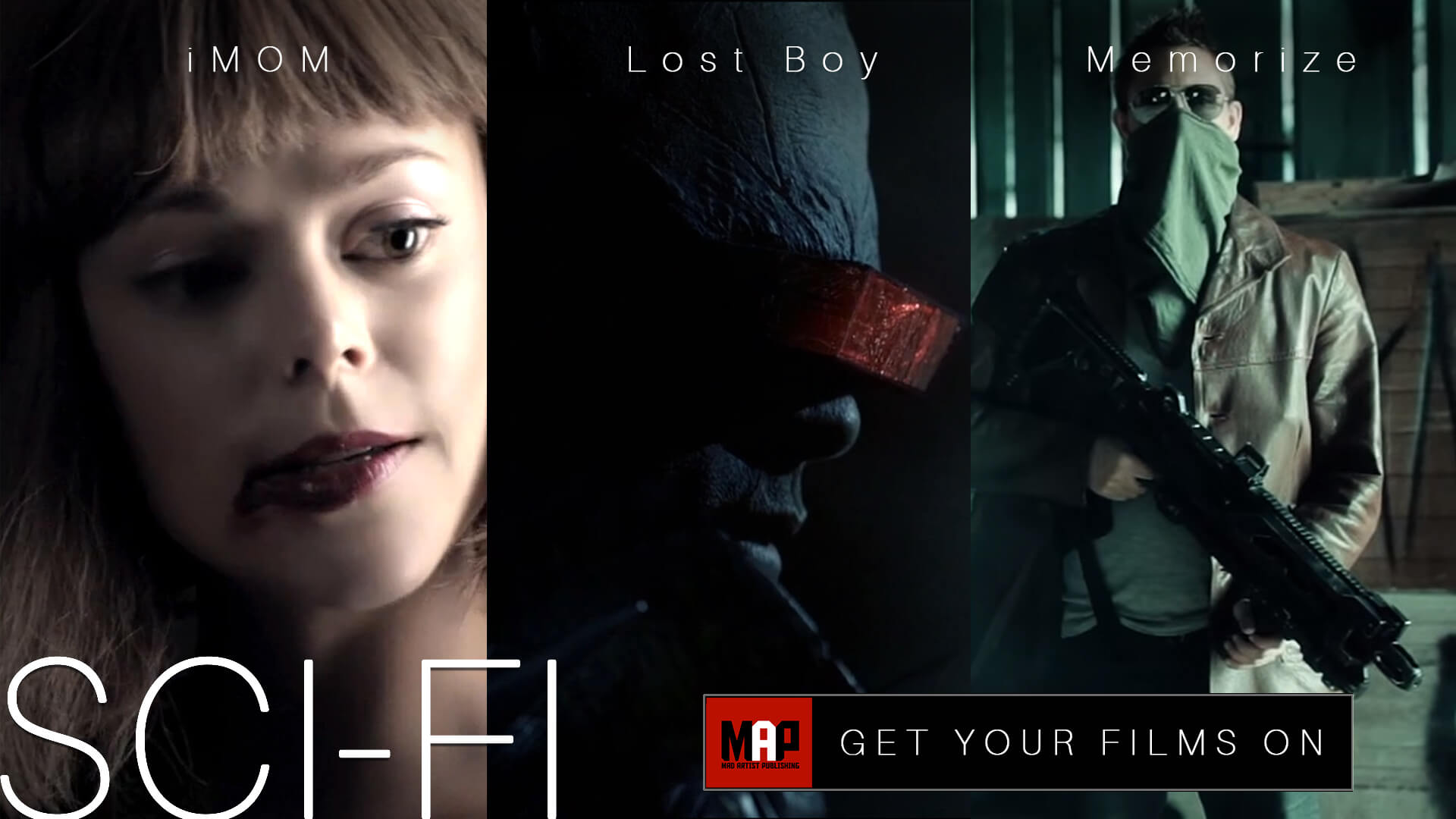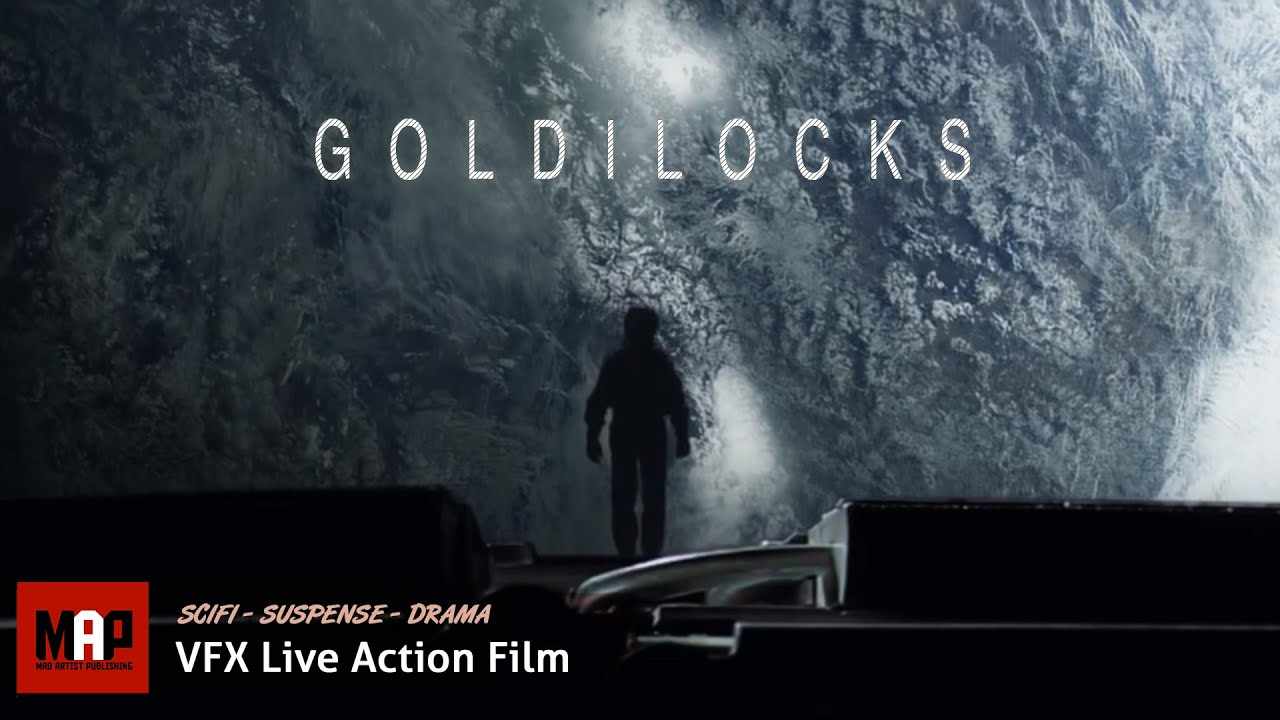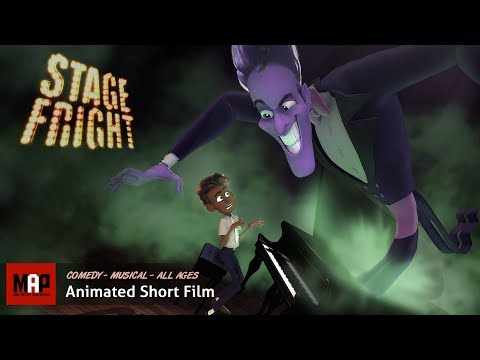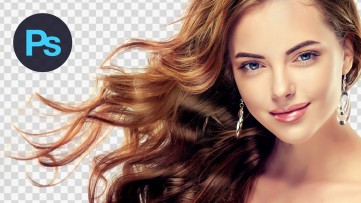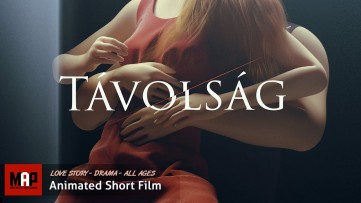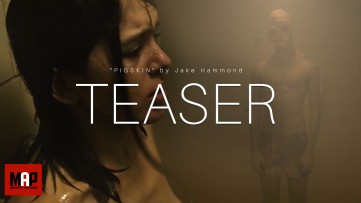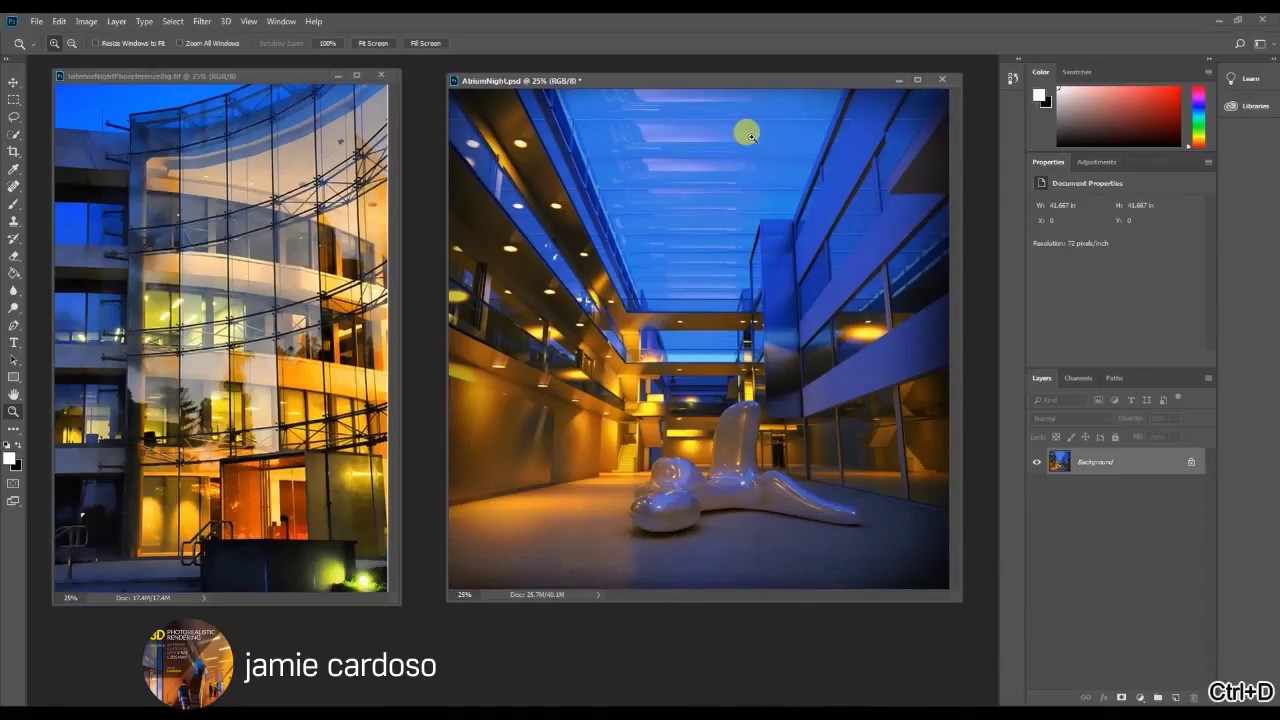
(custom captions/subtitles)
You can download Exclusive Videos & 3d Files/Textures by becoming my Patreon:https://www.patreon.com/bePatron?c=232549
Udemy: https://www.udemy.com/photorealistic-lighting-with-3ds-max-and-v-ray/?couponCode=3E58-7H4K-9XKH-5C32
$9.99 if you enter My Udemy Coupon: 3E58-7H4K-9XKH-5C32
Depth of field (DOF) is the distance between the nearest and the furthest objects that are in acceptably sharp focus in an image/3d render.
The depth of field can be calculated based on focal length, the distance to the subject, the acceptable circle of confusion size, and aperture.
At times, the depth of field can be chosen for technical or artistic purposes.
Limitations of depth of field can often be fixed with a variety of techniques and/or equipment.
This short video tutorial takes users through the quick process of adding and tweaking the dof in post production, using Photoshop.
Using the dof (depth of field) directly in your 3d scene can at times be irreversible, when faced with a tight deadline. However, using a depth map (e.g. vrayzdepth, etc ) in post (Photoshop or After Effects) will provide you with the ultimate control to rectify any potential tweaks that might arise from last minute changes from a client.
#3dsmax #photoshop #jamiecardoso
I hope you like it, and leave your comments below.
To contact me, please visit my blog, or email me on:
jamiecardo@hotmail.com
For more information about me; please Google: jamie cardoso
Blog: http://jamiecardoso-mentalray.blogspot.com/
Facebook: https://www.facebook.com/jamie.viztechsupportservices
Instagram: https://www.instagram.com/viztechsupportservices/
Twitter: https://twitter.com/viztechsupport
Portfolio: https://www.behance.net/gallery/77392163/3ds-max-aerial-rendering
Important Terminologies & Descriptions:
3d Rendering: Is the process of converting the three dimensional (3D) data seen in a 3d scene into 2D image/s (rasterized).
The rasterization process include, the rendering parameters, the rendering engine, lights, 3d models, textures, shaders, and other effects.
3D renders can be a sequence of animated objects/effects/cameras, or a single frame with a still camera and object/s.
The Video depicted here will take you through the process of rendering.
Photorealistic Rendering: Is the Process or Art of making a typical Computer Generated Image/render (CGI) look indistinguishable from a real photo.
To achieve this, users often need to possess the skills and the"eye" to appreciate good photography, cameras, composition, lighting, shaders, materials, 3d modelling, rendering and have some post-production skills.
Architectural Rendering, or architectural illustration/Visualizations, is the art/process of creating two-dimensional images or animations depicting the attributes of an architectural design, while using state of the art applications such as, Autocad, 3ds max, VRay, Cinema 4d, Blender, Maya, Corona, Photoshop, etc
Post-Production: Is the process of creating effects or/and results after (post) the main process.
This terminology can be used to describe the results (post-production) of main processes such as 3d renderings and/or filming a scene.
The post-production often occurs in applications such as Photoshop, After Effects, Nuke, etc.
The Video depicted here will take you through the process.
V-Ray: Is a rendering engine that uses global illumination algorithms, including path tracing, photon mapping, irradiance maps and directly computed global illumination.
Furthermore, it is used as a commercial plug-in for third-party 3D computer graphics software applications such as 3ds max, Maya, Houdini, Blender, Nuke, etc, for visualizations and computer graphics in industries such as media, entertainment, film and video game production, industrial design, product design and architecture.
3ds Max: Autodesk 3ds Max, formerly 3D Studio and 3D Studio Max, is a professional 3D computer graphics program designed to create 3D animations, models, games and images.
In addition, it has modelling, animation and movie effects capabilities, frequently used by video game developers, TV commercial studios and architectural visualization studios.
3ds Max also features shaders, dynamic simulations, particle systems, plug-ins, and much more, with its own scripting language.
Adobe Photoshop: Photoshop is a powerful raster based graphics program produced by the Adobe Corporation.
It is widely used for a variety of photo/image editing purposes worldwide. The program has a huge number of filters, functions, plug-ins, scripts, etc.
In addition, there is a huge online support for this software, and countless online sites with tips and tutorials.
NOW TRENDING
- How to Cut Out Hair in Photoshop Tutorial
- How to Composite Photos in Photoshop
- Funny CGI 3d Animated Short ** THE FOX & THE CROW ** Film by Lixandro Cordero
- Emotional Award Winning Film ** TAVOLSAG (Distance) ** Beautiful CGI 3d Animated Film by M. Malak
- TEASER Trailer | Horror Short Film ** PIGSKIN ** Uncensored Thriller by Jake Hammond & N Newton


